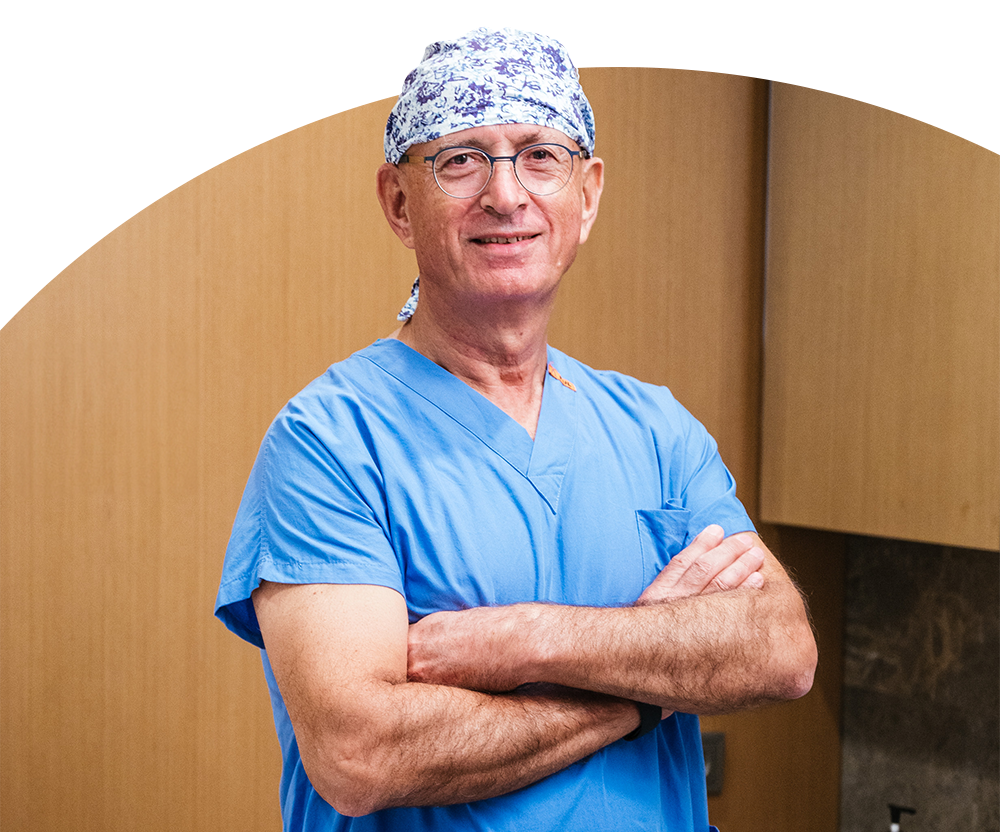Spinal Surgery

Professional Approach and Expertise in Spinal Surgery
Prof. Dr. Yunus Aydın provides top-notch medical services to his patients with a dedicated career and experience in spinal surgery.
With expertise ranging from degenerative spine diseases to tumors, complex spinal vascular issues to traumas, Prof. Dr. Yunus Aydın aims to offer the most effective and comfortable treatment experience to his patients through the microsurgical methods, day surgeries, and minimally invasive interventions applied by himself and his team.
Having extensive experience in complex interventions such as over 2800 aneurysm surgeries and more than 400 AVM surgeries, Prof. Dr. Yunus Aydın adopts an individualized approach to each patient, prioritizing patient satisfaction and health throughout the treatment process.
.
Prof. Dr. Yunus Aydın and his team, recognized for providing high-standard services in the field of spinal surgery, offer a health-filled future to their patients by employing the latest techniques in modern medicine.
With the Yunus Aydın Technique;
– Precise treatment of spinal stenosis with targeted surgery,
– Solution to spinal cord compression due to spine calcification without using metal, with minimal damage,
– Outpatient surgery for herniated disc treatment,
– Treatment of cervical disc herniation without foreign material in neck hernias,
– Treatment of spinal cord stenosis due to neck calcification,
– Effective treatment of herniated disc surgery with the microdiscectomy technique while preserving the ligamentum flavum and minimizing scar tissue.
.
Specialties and Techniques
Spinal Canal Stenosis (Yunus Aydın Technique)
Spinal Stenosis
Herniated Disc
Neck Hernia
Degenerative Spine Diseases
Spondylolisthesis (Spinal Misalignment)
Spine Fractures (Vertebroplasty)
Spinal Cord Tumors
Hydrocephalus
Cervical Disc Herniation
Cleaning Hernias with Minimal Damage and the Approach of Preserving the Ligamentum Flavum
Microdiscectomy is a surgical method that allows the cleaning of hernias with minimal damage in the neck, back, or rarely in the thoracic region. It provides a safe surgical environment through the narrow tunnel of a microscope, offering superiority over traditional surgical methods. This technique also stands out by providing a three-dimensional visual advantage to the surgeon compared to endoscopic techniques. While traditional techniques require a large incision to illuminate the surgical area, microdiscectomy can achieve the same procedure with a smaller incision.
The frequency of recurring hernias after surgeries using endoscopic techniques may be higher. Microdiscectomy, in addition to enabling work with a small incision, reduces the risk of recurring hernias by providing better visibility around the nerves and ensuring safer surgery.
Ligamentum Flavum Preservation Technique: The "ligamentum flavum" surrounding the posterior part of the spinal cord is an important tissue that needs to be preserved during microdiscectomy. Preserving the ligamentum flavum can be likened to using it as the door of the room where the surgeon enters. Preserving this ligament with the microdiscectomy technique ensures minimal adhesions around the nerves and define the bone decompression field which needs to be done. Preserving the ligamentum flavum minimizes adhesions that occur around the nerves after surgery and reduces the likelihood of recurring hernias.
Ongoing studies to evaluate long-term outcomes will further demonstrate the effectiveness and advantages of microdiscectomy.

